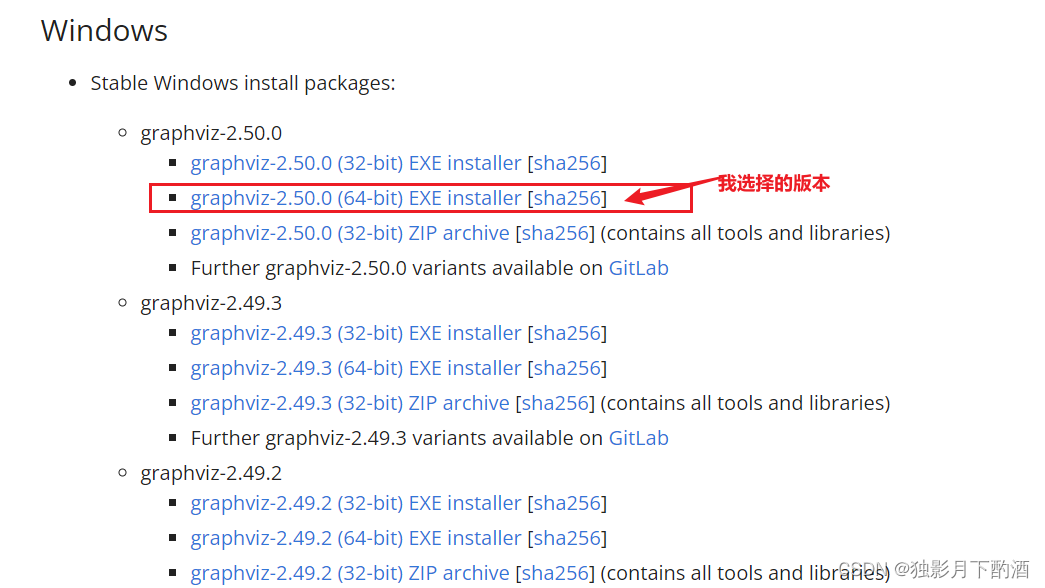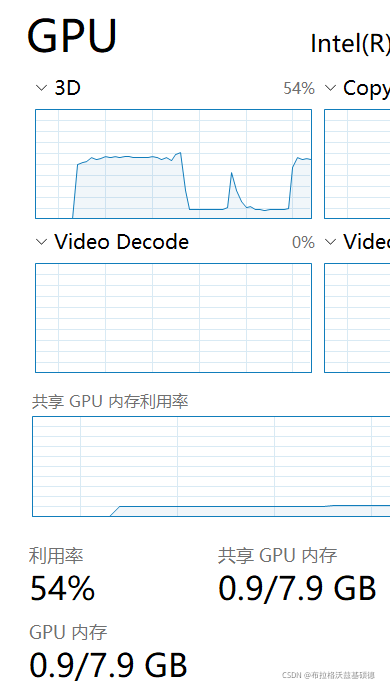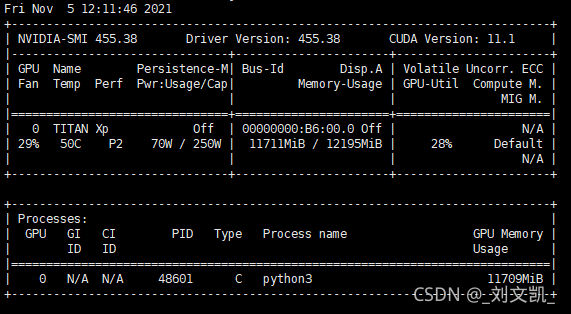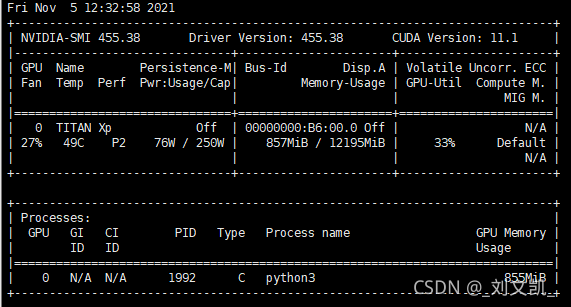When using tensorflow.keras, this error is often reported during model training:
tensorflow/core/kernels/data/generator_dataset_op.cc:107] Error occurred when finalizing GeneratorDataset iterator: Failed precondition: Python interpreter state is not initialized. The process may be terminated.
[[{{node PyFunc}}]]
tensorflow/core/kernels/data/generator_dataset_op.cc:107] Error occurred when finalizing GeneratorDataset iterator: Failed precondition: Python interpreter state is not initialized. The process may be terminated.
[[{{node PyFunc}}]]
According to my own experience, there are several reasons for this errory:
1. The input image_size and input_shape does not match or is not defined when the model is built. Note that the input_shape must be defined when defining the first layer of the convolutional layer, e.g.
model = keras.models.Sequential([
# Input image [None,224,224,3]
# Convolution layer 1: 32 5*5*3 filters, step size set to 1, fill set to same
# Output [None,32,32,3]
keras.layers.Conv2D(32, kernel_size=5, strides=1, padding='same', data_format='channels_last',
activation='relu', input_shape=(224, 224, 3)),
2. There is also train_generator and validate_generator related parameters must be consistent, such as batch_size, target_size, class_mode, etc.
3. The configuration limit itself, try to change the batch_size to a smaller size, or even to 1
4. The last program did not finish completely, finish all python programs to see.






